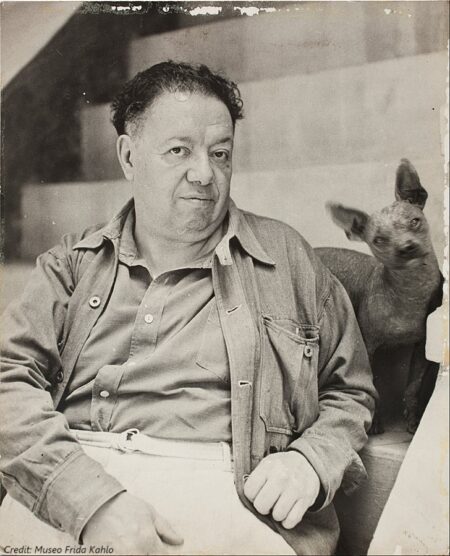The Xolo dog known in ancient Aztec times as the Xoloitzcuintli (pronounced “show-lowitz-QUEENT-lee”), has a storied history dating back more than 3,500 years.
Its traditional name is a mouthful and the result of merging two words in the Aztec language — Xolotl (god of lightning) and itzcuintli (dog).
So… why all the fuss?
The Xolo (pronounced “show-low”) holds a prominent place in Mexican culture.
In Zaopan, I occasionally see this adorable “fugly” canine walking with his pet parents down the pedestrian promenade in my neighborhood. We happened upon another one last weekend strolling with his human on a fancy street in Mexico City.
The Xolo dog may have tiny tuft of hair on its dark brown (or grey) head, but is otherwise bald, with a body that feels like pig skin.
Historical Significance of the Xolo Dog
The Aztecs believed this dog was created by the gods to protect the living and accompany the souls of the departed through the perilous underworld.
Kind of a big deal, no?
It helps explain why as many as 75% of ancient Aztec burials have been found to contain tiny ceramic dogs in the Xolo’s likeness (and sometimes dog collars, water bowls, and dog skeletons too) next to their human remains. These dogs were likely sacrificed when their masters died, as the Aztecs didn’t want to leave their brethren souls’ passage to chance…
Less is known about the role these dogs played in Mayan culture, but it’s clear that these indigenous Mesoamerican people also valued Xolos, as they were frequently depicted in Mayan art.
On a more practical level, the Xolo was valued in ancient times for the comfort it provided to the living on cold nights. In fact, the earliest European explorers like Christopher Colombus shared stories of how “strange hairless dogs” roamed with the Aztecs and were tucked into bed at night next to their children to keep them warm.

Never ones to leave a good thing alone, the carnivorous Europeans developed a literal taste for Xolos, and nearly hunted them to extinction from the 16th to the 18th century.
Though the breed was nearly lost due to colonial idiocy, it’s now a source of tremendous pride for the Mexican people — and a living example of their cultural heritage.
The Mexican Hairless Dog in Modern Times
Following the Mexican Revolution in 1910, there was a resurgence of interest in all things native to Mexico from prehispanic times. Frida Kahlo and Diego Rivera painted the Xolo in some of their works while appearing with the dog in various historical photos.
In the process, they significantly elevated the breed’s stature among Mexican intellectuals and the elite. The attention spawned a movement by the federal government in the 1950s to recover the nearly extinct breed.
An official search by government scientists turned up a mere 10 remaining Xolos across Mexico, who were utilized in a revitalization effort. In the ensuing years Xolos remained so scarce that the national zoo was the most likely place to see one.
Fortunately, the government’s efforts were successful, bringing this one-of-a-kind breed to a new prominence in Mexican culture.
One Mexican Xolo named Dante even achieved international fame in the 2016 film “Coco,” which chronicled a boy’s adventures in the underworld.
Mexican Hairless Dogs as Pets
Today’s Xolo owners value the breed for its companionship, intelligence, cleanliness, and wonderful temperament. It’s known to be extremely loyal, protective, and gentle, with a regal bearing and reserve like a movie star.
Their lack of hair also makes the Xolo an appealing companion to those with allergies who can’t tolerate furry canines.
The Xolo has become something of a status symbol for young, well-to-do Mexicans.
While I loathe the idea of animals becoming luxury “items,” Xolos can now fetch up to $3,500 USD when purchased from breeders, and are never abandoned on the street.
In other words, you won’t find this dog let out the front door to take itself for a walk–a practice common in Mexico with mixed-breed dogs. Its affable demeanor with strangers makes the Xolo an easy dog-napping target.
Nowadays, some Mexicans also believe that cruelty towards dogs in life will result in Xolos’ refusal to help your soul pass safely into heaven in the afterlife. As an animal lover, I’m for whatever motivates people to treat dogs with compassion!
For those of us fortunate enough to live in their midst, the exotic Mexican hairless dog is a true national treasure. Long live the Xolo!

